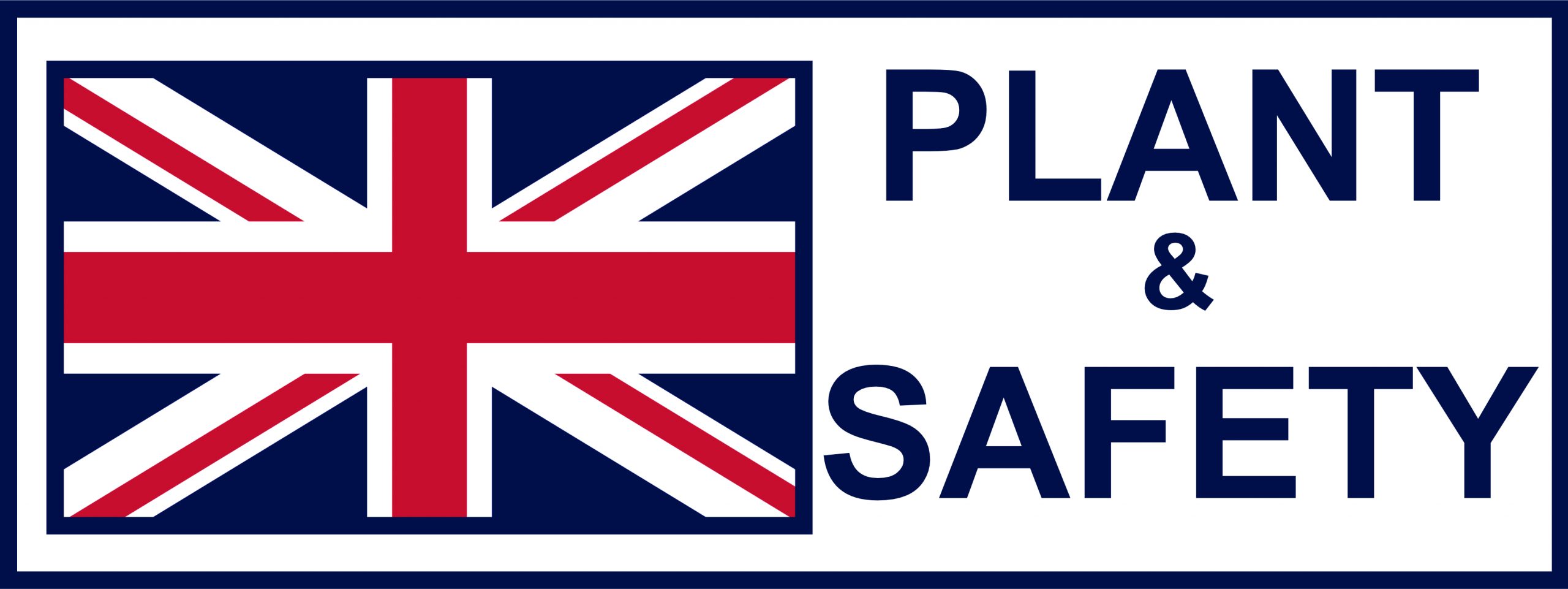We thought that Gas Safety Week is a perfect time to remind ourselves of all the hidden dangers within our workplace. Whilst most people may automatically think about domestic boilers and gas appliances, the risk is far wider, into industrial, manufacturing facilities and any workplace where gases are stored or used under pressure.
At Plant and Safety, we know that pressure systems are essential for modern industry, but they can also be dangerous if not properly inspected and maintained. The Pressure Systems Safety Regulations 2000 (PSSR) place clear duties on employers and equipment owners to keep people safe.
Why Gas Safety Week is a Reminder for All Workplaces
Gas Safety Week is a great opportunity to highlight the wider risks of pressurised equipment beyond domestic appliances. These hazards exist across industrial and manufacturing environments.
Understanding Pressure System Hazards in the Workplace
Many types of pressure equipment can be hazardous. Examples include:
- boilers and steam heating systems
- pressurised process plant and piping
- compressed air systems (fixed and portable)
- pressure cookers, autoclaves and retorts
- heat exchangers and refrigeration plant
- valves, steam traps and filters
- pipework and hoses
- pressure gauges and level indicators
- steam coffee machine
When things go wrong, these types of equipment can cause serious injuries and even fatalities. However, assessing the risks and putting proper precautions in place will minimise the chances of any accidents occurring.
Pressure Systems Safety Regulations 2000 (PSSR) Explained
The duties imposed by PSSR relate to pressure systems for use at work and the risk to health and safety.
The aim of these Regulations is to prevent serious injury from the hazard of stored energy as a result of the failure of a pressure system or one of its component parts.
Before using any qualifying pressure equipment (new or otherwise), a written scheme of examination (WSE) must be in place, and an examination undertaken.
Pressure Systems are Defined as:
- a system comprising one or more pressure vessels of rigid construction, any associated pipework and protective devices
- the pipework with its protective devices to which a transportable pressure receptacle is, or is intended to be, connected
- a pipeline and its protective devices
Relevant Fluids Include:
- steam at any pressure
- compressed or liquefied gas, including air, at a pressure greater than 0.5 bar above atmospheric pressure
- pressurised hot water above 110 °C
- a gas dissolved under pressure in a solvent (acetylene)
Duties Under PSSR – Who is Responsible?
Employers (also known as ‘dutyholders’), including:
- the owner of a mobile system, that is, one that can be easily moved, such as an air compressor taken from site to site
- the user of an installed system, that is, one that is not a mobile system, such as a steam boiler
The user of hired or leased equipment should make sure that the WSE is in place and that the certificate of examination is also current.
PSSR Schedule 2 allows a supplier of an installed system to assume responsibility in writing for the WSE, the operation, the maintenance and the record keeping.
Learn more: PSSR Guidance →
The Role of a Competent Person in Pressure System Safety
In general terms, the role and responsibilities of the competent person can be summarised as follows:
carry out examinations in accordance with the WSE including:
- review WSE and confirm it is suitable
- produce a written report for each examination
- notify user/owner of repairs required
- identify action in case of imminent danger
- agree postponements of examination, where appropriate
- draw up or certify written schemes of examination
Common Pressure Systems in Industry
Examples of common pressure systems include:
- boilers and steam heating systems
- pressurised process plant and piping
- compressed air systems
- autoclaves and retorts
- heat exchangers and refrigeration plant
- valves, steam traps and filters
- pipework and hoses
- pressure gauges and level indicators
Key Takeaways: Safety First
- Pressure systems are essential but carry significant risks if not inspected and maintained.
- PSSR outlines clear duties for employers and owners.
- Competent persons and Written Schemes of Examination are central to safety compliance.
- Regular inspection, maintenance, and adherence to WSEs drastically reduce accidents.
Protect your workplace, contact Plant & Safety for expert PSSR inspections →
WHAT WE OFFER
Book Your PSSR Inspection Today
Keep your workplace safe and stay fully compliant with PSSR. Don’t wait until an incident happens, our expert team at Plant & Safety will ensure your pressure systems are inspected, tested, and certified to the highest standards.

How can we help?
To learn more or if you have any questions, please feel free to call or email us. You can also request a call back using our online form.
T: 0330 113 7920
E: sales@plantandsafety.co.uk
Useful Links
